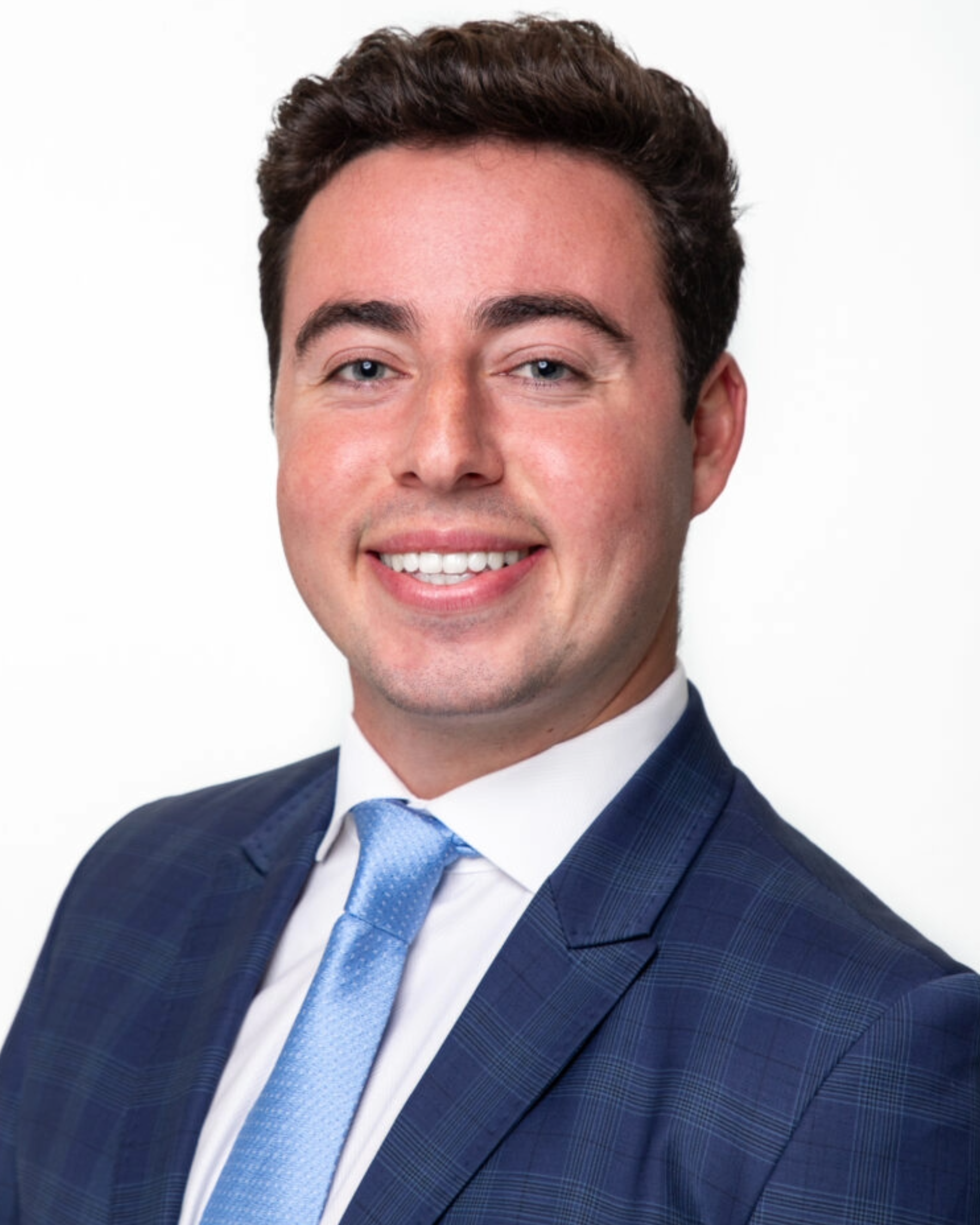1031 exchange strategies in a COVID-19 impacted real estate market: Buy first - by Pamela Michaels

Nationwide, but particularly in New York City, the location of the biggest hotspot in the country, and in the Northeast in general, many investors are faced with a situation where the value of their real property may have decreased due to COVID-19 pandemic. While it may be harder to buy and sell real estate in this challenging market, some real estate investors are seeking to take advantage of the reduction in real estate values.
For such investors seeking to also sell investment property and perform a 1031 exchange, the sale of such property may take longer. An investor may wish to immediately close on replacement property in order to take advantage of time sensitive opportunities. So what options are available?
Luckily for these investors, there is a way to buy replacement property in a 1031 exchange before the relinquished property sale is closed or even under contract. Known as a reverse exchange, in order to perform such an exchange under Revenue Procedure 2000-37, title to either the property being sold, the relinquished property, or the property being purchased, the replacement property, must be parked with a Qualified Intermediary or an affiliate thereof, referred to as the Exchange Accommodation Titleholder (EAT) under a Qualified Exchange Accommodation Agreement (QEAA). Parking title involves the deeding of either the relinquished property or the replacement property to the EAT and the EAT retaining title to such property during the exchange period. It is essential that such a parking arrangement be established prior to the investor closing on its acquisition of the replacement property. The first mistake many investors make is contacting a Qualified Intermediary after they have already acquired a new replacement property. If that has occurred, it is too late to use that replacement property to defer the gain on the sale of a relinquished property.
An investor must also consider how the investor intends to fund the acquisition of the replacement property as the funds from the sale of the relinquished property won’t be available. Many investors presume that conventional financing may be used to fund the purchase price failing to consider the fact that the replacement property which will secure such financing will, in many cases, be parked with and owned by the EAT during the exchange period.
There are many factors that should be considered when determining which property should be “parked.” These factors may include whether the relinquished property is 100% owned by the investor, whether there is a mortgage securing the relinquished property which contains a due on sale clause, the value of the relinquished property versus the replacement property as the higher the value the greater related costs may be and the amount of equity the investor has available without financing to use to purchase the replacement property. This last consideration is many times the most significant in determining which property to park. If, for example, the investor’s relinquished property is expected to sell for approximately $5 million and the investor has no mortgage debt on the property, the investor is required to have approximately $5 million of equity invested in its replacement property on the date the investor acquires title to the replacement property to satisfy §1031’s requirements for full tax deferral. If an investor is planning on using financing to purchase the replacement property, the investor may be unable to 100% defer capital gain taxes. For example, if the above investor acquires title to its replacement property with $4.5 million in financing and only $500,000 in equity, the result will be that the investor will incur $4.5 million in what is known as “cash boot” (cash proceeds not reinvested in like-kind property), all of which will be potentially taxable up to the amount of the gain. Parking the replacement property is necessitated in the above scenario and many other cases where an investor desires to perform a reverse exchange and needs financing. If the replacement property in the above example is parked with the EAT with $4.5 million of financing in place, the investor may still perform a fully-deferred exchange. This is the case because whether the investor has invested sufficient equity in the replacement property to satisfy the exchange equation is not measured until the investor actually receives title to the replacement property. Thus, the EAT may take title to the replacement property with $4.5 million mortgage encumbering it on behalf of the investor and retain such property until the investor has sold the relinquished property, presuming this occurs within the 180-day “safe harbor” period. When the relinquished property is sold, the $5 million (or more precisely, $5 million less exchange expenses) sales proceeds is paid to the EAT. The EAT uses these proceeds to first pay off the $4.5 million debt in full. Any remaining funds are given to the investor in repayment of the original equity the investor funded for the purchase of the replacement property. Upon repayment of the mortgage debt, the equity in the replacement property is increased to $5 million and the replacement property is then transferred to the investor. Since on the date that the investor acquires title to the replacement property, the investor has $5 million of equity in the property, the investor will have performed a 100% deferred exchange. Thus, by parking the replacement property with the EAT, it becomes possible to use bridge financing to acquire the replacement property without the investor incurring taxable boot.
Many factors must be reviewed and considered by the investor, lender and the Qualified Intermediary when performing a reverse exchange. Thus, be sure to engage your Qualified Intermediary far in advance of your closing date if performing a reverse exchange and make sure that your Qualified Intermediary carefully reviews all of the pros and cons of parking the relinquished versus the replacement property as well as any additional costs and steps involved in a reverse exchange.
Pamela Michaels, Esq., is sr. vice president with Asset Preservation, Inc., New York, N.Y.
Meridian Capital Group arranges 10-year retail lease for Mess at 236 West 10th St.


Behind the post: Why reels, stories, and shorts work for CRE (and how to use them) - by Kimberly Zar Bloorian

Lasting effects of eminent domain on commercial development - by Sebastian Jablonski

AI comes to public relations, but be cautious, experts say - by Harry Zlokower









.jpg)
.gif)
.gif)